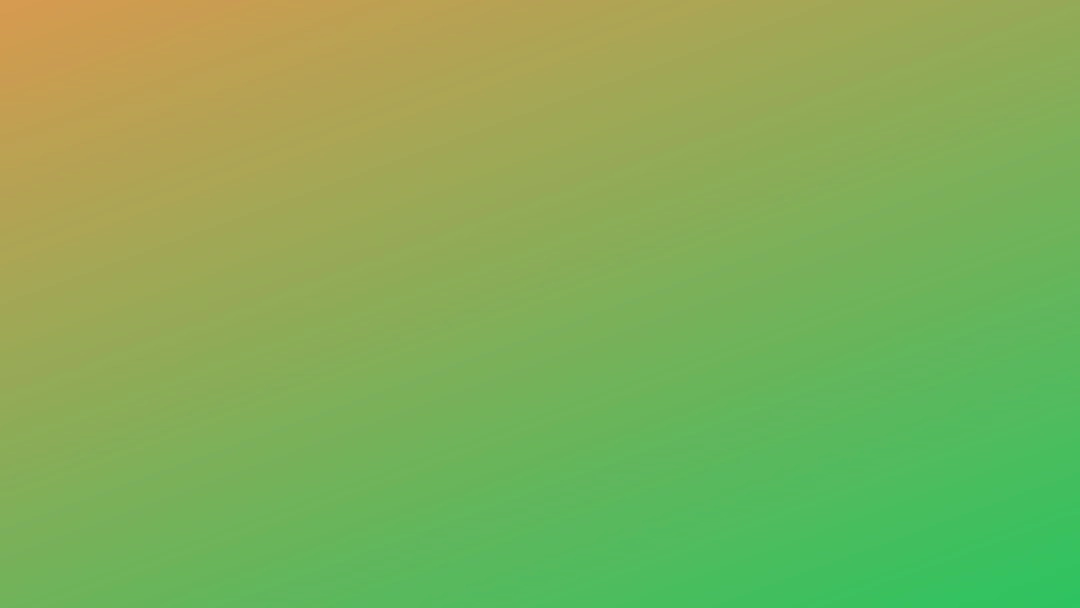
What it is:
Green Practices in Archaeology refers to the implementation of sustainable approaches within the field of archaeology. It involves adopting eco-friendly methods and strategies to minimize the environmental impact of archaeological research and site management.
Real-World Problems:
While archaeology plays a vital role in preserving our history and understanding past civilizations, it is not without its ecological challenges. Some of the real-world problems associated with archaeology include:
1. Soil Erosion:
Poor excavation techniques and lack of proper soil management can lead to soil erosion at archaeological sites. This can result in the loss of valuable archaeological material and further degradation of the surrounding ecosystem.
2. Habitat Destruction:
Uncontrolled excavation and construction activities can cause damage to natural habitats, disrupting ecosystems and impacting local flora and fauna. Archaeologists need to carefully consider the potential ecological consequences of their work.
3. Resource Consumption:
Archaeological research often requires significant resources, including energy, water, and materials. The extraction and consumption of these resources can contribute to environmental degradation and have a carbon footprint.
4. Waste Generation:
The excavation process and subsequent research activities can generate a considerable amount of waste, including plastic packaging, paper, and other materials. Proper waste management practices are essential to minimize the environmental impact.
5. Cultural Sensitivity:
In some cases, archaeological sites may be located within culturally or ecologically sensitive areas. Balancing the preservation of cultural heritage with the protection of natural habitats and indigenous knowledge is a complex challenge that needs to be carefully addressed.

Solutions to Environmental Challenges in Archaeology:
Recognizing the environmental challenges associated with archaeology, there are several sustainable approaches and solutions that can be implemented:
1. Responsible Excavation Techniques:
Adopting proper excavation techniques such as minimizing the use of heavy machinery and employing manual excavation methods can help reduce soil erosion and minimize disturbance to the surrounding environment.
2. Site Management and Conservation:
Implementing effective site management plans that integrate ecological considerations can help preserve natural habitats and protect wildlife. This involves identifying and protecting sensitive areas within archaeological sites.
3. Resource Conservation and Efficiency:
Reducing resource consumption by implementing energy-efficient practices, using renewable energy sources, and employing sustainable water management strategies can help minimize the ecological footprint of archaeological research.
4. Waste Reduction and Recycling:
Implementing proper waste management practices, including recycling and the use of biodegradable or reusable materials, can significantly reduce the amount of waste generated during archaeological excavation and research activities.
5. Community Engagement and Collaboration:
Engaging with local communities, environmental organizations, and indigenous groups can foster collaboration and ensure that archaeological research considers cultural and ecological sensitivity. This can lead to the development of mutually beneficial conservation strategies.
6. Education and Training:
Providing archaeologists and heritage professionals with education and training on sustainable practices and environmental awareness can help promote a culture of environmental responsibility within the field.
7. Integration of Technology:
Exploring the use of innovative technologies such as remote sensing, digital documentation, and non-invasive survey methods can reduce the need for invasive excavation techniques, minimizing environmental impact.
8. Collaboration with Environmental Experts:
Collaborating with environmental scientists and experts can provide valuable insights and guidance in mitigating the environmental impact of archaeological research and ensuring the integration of sustainable practices.















